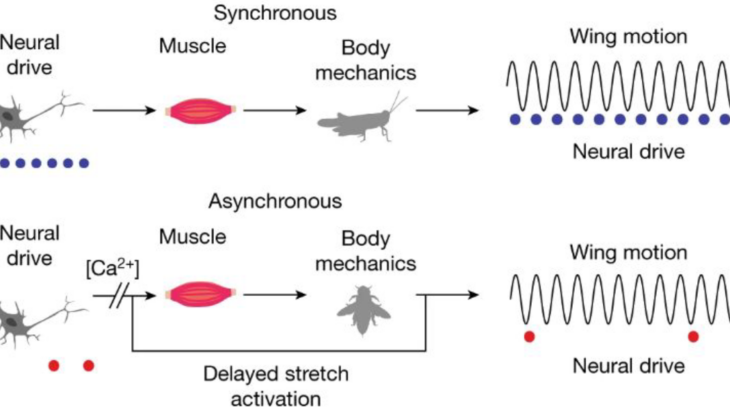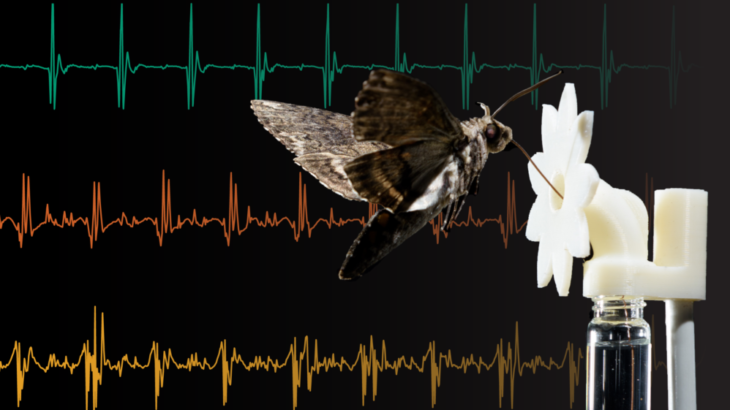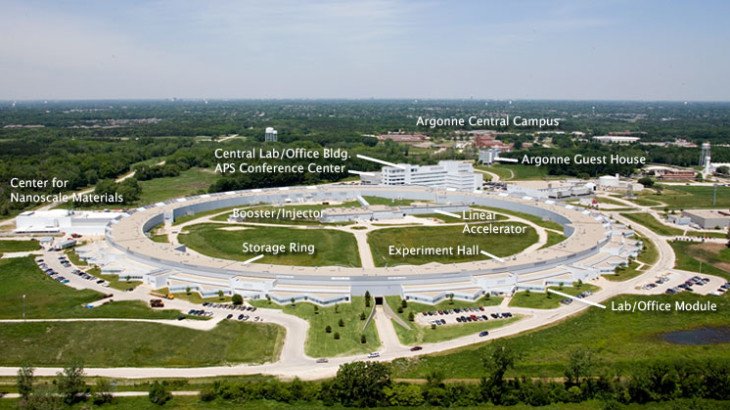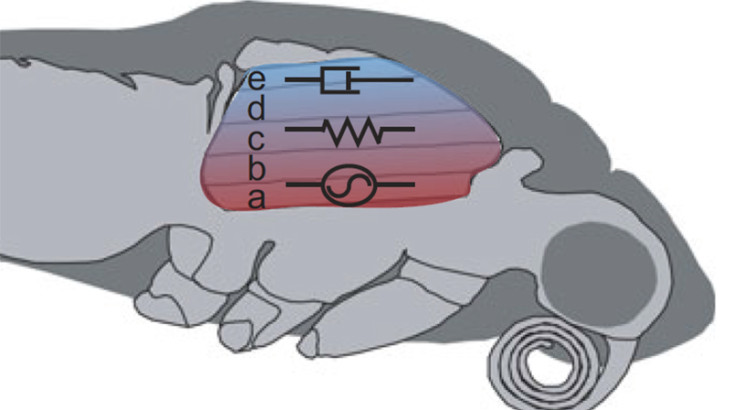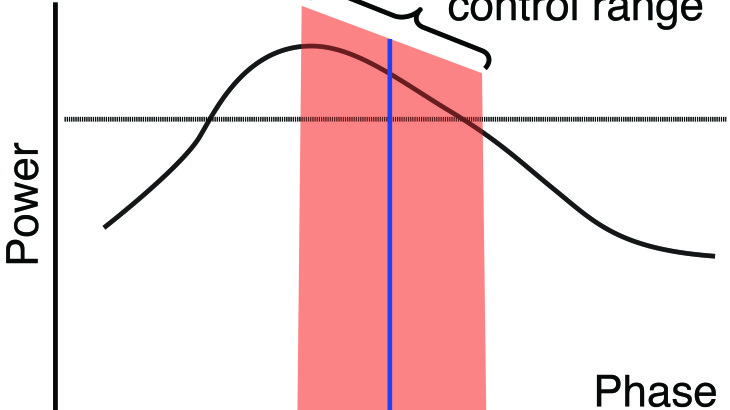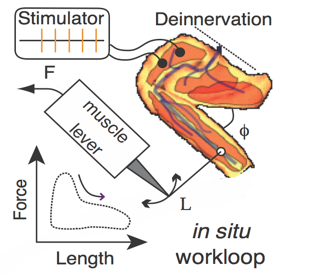
Locomotion emerges due to interactions between various subsystems such as sensory systems for vision. Rather than analyzing all the subsystems in detail which would be very complex, we use a metric that captures some property of the interactions between them. Our chosen metric is centralization which measures the coupling between neuromechanical modules that mediate responses […]
